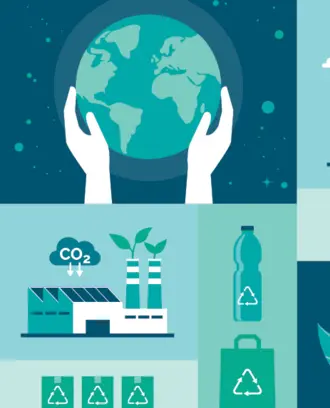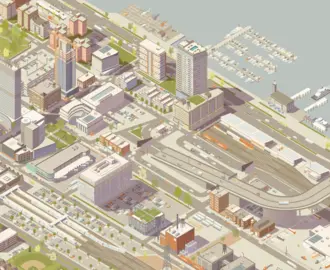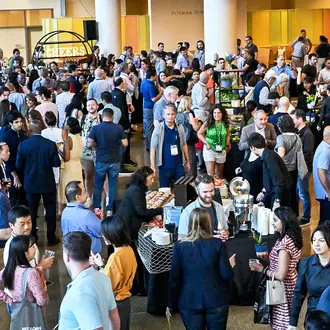“We are going to solve climate change in an incredibly short period of time.”
This was the monumental challenge Jason Jay, PhD ’10, (Senior Lecturer, Sustainability; Director, Sustainability Initiative at MIT Sloan) issued to the audience at the beginning of his MIT Better World (Sustainability) virtual presentation in March.
Titled “Choose Your Climate Future,” the presentation offered attendees in two sessions the chance to interact with En-ROADS, the state-of-the-art and user-friendly computer simulation tool developed by the MIT Sloan Sustainability Initiative and the nonprofit Climate Interactive. Jay, John Sterman, PhD ’82 (Jay W. Forrester Professor of Management; Professor, System Dynamics and Engineering Systems), and others have previously demonstrated En-ROADS for local organizations, national policymakers, and global corporations.
“We are already seeing detectible impacts and risks, including dryland water scarcity, wildfire damage, and tropical climate yield reduction and the food supply instabilities this produces,” said Jay. “If we keep heading toward our current business-as-usual future, there will be even higher risks of severe, irreversible impacts and our ability to adapt will be limited.”
Despite the consensus of the scientific community on climate change, and the incredible amount of academic research supporting it, Jay noted that simply showing his audience charts and graphs was not enough. Or, as Sterman has fondly stated in past En-ROADS presentations: “Research shows that showing people research does not work.”
“What is going to work is interactively exploring these dynamics for yourself with a simulation tool like En-ROADS,” said Jay. “And that is exactly what we are going to do.”
In tandem with Poll Everywhere, the audience response systems company co-founded by Jeff Vyduna, MBA ’10, Jay engaged in a virtual conversation with attendees about what the best or most popular methods might be for reducing climate change this century. Many preferred leveraging nuclear power over greenhouse gas-intensive energy sources, while others called for setting a global carbon pricing and trading akin to the Paris Agreement.
The exchange also allowed Jay to emphasize the importance of complexity in a decision-making process rife with variation since adopting one action is not enough. Many steps as simple as planting trees and as sophisticated as subsidizing nuclear energy must be taken over a long period of time. For example, when playing with the coal “lever” in En-ROADS, Jay demonstrated the significance of thinking about climate change in terms of stocks and flows.
“There is the inflow of greenhouse gas emissions and the outflow of carbon removal, but there is another stock and flow problem: the stock and flow of our infrastructure,” he said. “People often focus on the inflow to our infrastructure. They want to build more stuff like nuclear power and renewables. But the key thing is the outflow of that stock. We must shut things down to get results. This is what happens when we shut off the coal lever in our En-ROADS model because it is a very powerful lever to pull.”
At the end of the presentation, Jay congratulated the attendees on their efforts to solve climate change in under half an hour. He also encouraged them to play with En-ROADS on their own.
“Maybe you want to rewind some of the changes or think these subsidies are going to be too expensive,” he said. “The point is this is a tool for learning and conversation.”
Watch the "Choose Your Climate Future" presentation below.



